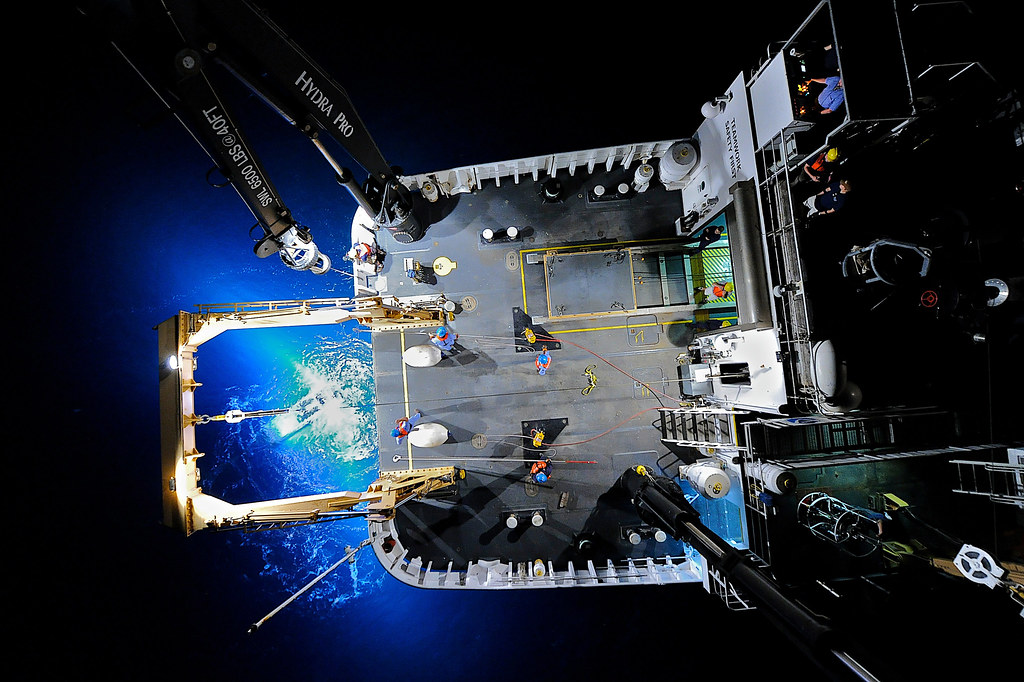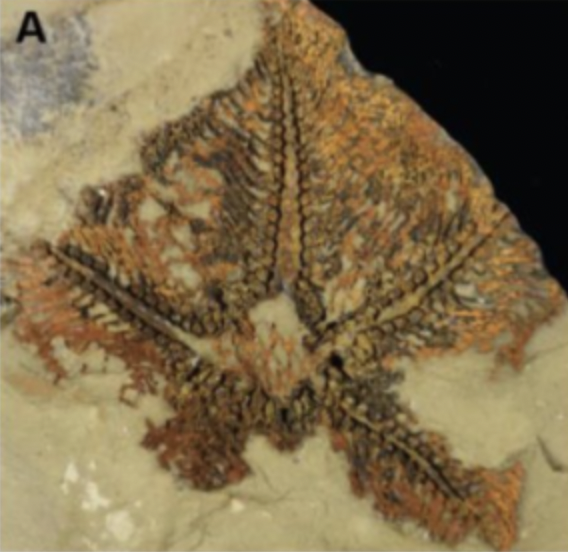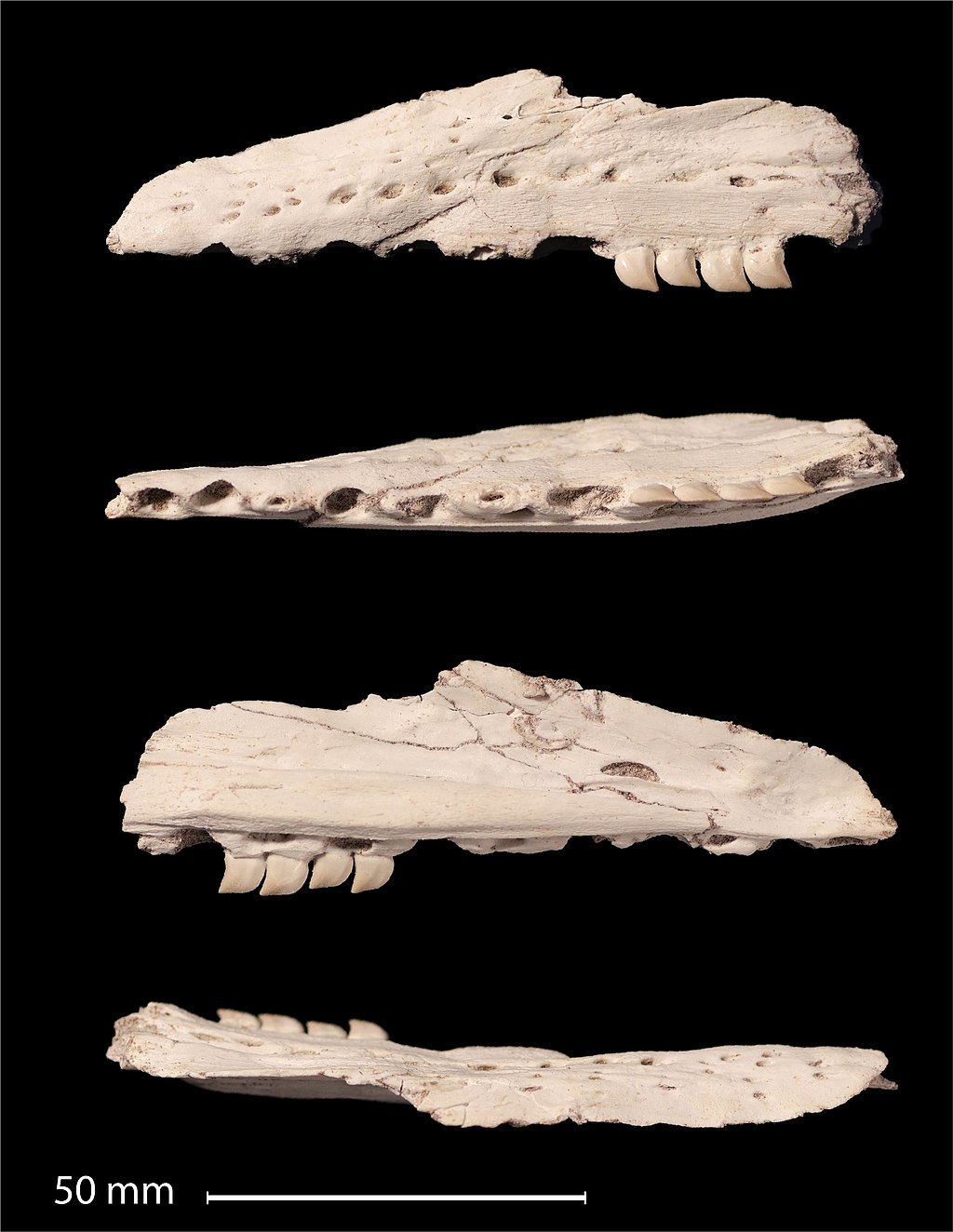These Recent Ocean Discoveries Will Blow Your Mind
From a glow-in-the-dark shark to an ancient miniature sea monster, these newly published findings may change the way you look at our ocean

Did you know that more than 80% of our ocean has yet to be seen, explored or mapped by humankind? There are so many things that I love about ocean conservation, but one aspect that keeps things endlessly interesting is that our ocean is still a true wild frontier. There is so much left for us to discover about the habitats and wildlife that are around today, and even more to uncover about those that have called our ocean home across millennia.
Scientists make new discoveries about our wild blue planet every year, and in just the first sixty days of 2021, astounding research has already been published. Today, I’m here to share just four of those incredible discoveries with you. Dive on in and prepare to be amazed by what our ocean has in store.
Scientists Discovered the Largest Bioluminescent Shark Ever Recorded
Findings published February 26, 2021 in Frontiers in Marine Science
The largest of all bioluminescent vertebrates known to science was photographed by researchers for the very first time off the eastern coast of New Zealand. The species, known as a kitefin shark, can grow up to around 6 feet in length. They’re also noted to be one of the slowest-moving sharks on Earth. According to Dr. Jérôme Mallefet, lead author of the publication, these deep-sea dwellers use light “to disappear,” using bioluminescence to blend in with the faint light from the ocean surface and disguise themselves from predators.
A Centuries-old Fossil Was Identified as the Ancestor of Today’s Sea Stars and Brittle Stars
Findings published January 20, 2021 in Biology Letters
Close to two decades ago, a fascinating fossil was unearthed in Morocco. The marine specimen was shaped like a star, but scientists noticed that it did not have other features that usually help distinguish between two similar-looking creatures that we know today: sea stars and brittle stars. After thorough research into the fossil record, detailed physical examinations and careful mathematical calculations, researchers came to the conclusion that this could only mean one thing: this creature is not a sea star, not a brittle star … but the ancestor of them both. The fossil of this cold water-dwelling organism helps scientists picture what the predecessors of echinoderms like sea stars, brittle stars, sea lilies, sea urchins and sea cucumbers looked like long ago. The next step? Connecting the dots and filling in the timeline of what creatures came between the ancient ancestors and the modern-day descendants.
Megalodon babies were Enormous … and Sometimes Ate Their Unborn Siblings (oops?)
Findings published January 11, 2021 in Historical Biology
By this point, whether through articles or movie dramatizations, you’ve probably heard of the legendary Megalodon (if you haven’t though, don’t worry, we’ve got you covered). When it comes to this ancient shark, one of its most notable claims to fame is (yep, you guessed it) its mega jaw-dropping size. These massive fish were one of the largest species to ever swim in the sea, growing to more than 50 feet long. Given their overall enormousness, it’s probably no surprise that their little ones were no tiny tots, either. After closely studying “growth rings” within the fossil of an adult shark (yes, like those of a tree!), scientists estimated the creature’s size at birth to be just over 6 ½ feet long (that’s the average size of an NBA player). This makes baby megalodons the largest of all baby sharks ever known.
Think we’ve already covered the wildest part? Think again. These sizable offspring would have needed an enormous amount of nutrients … much more than a momma shark would have been able to provide on her own. So, in addition to the provision of nutrients they gained in-utero, the babies also helped themselves to some added calories in the form of—unfortunately—their unborn siblings. As shocking as it is, this behavior (known as oophagy, or “egg-eating”) does serve a purpose. While not all of the developing baby sharks would survive to birth, the ones that did survive likely came out as strong as possible and ready to take on the world.
A Mini Sea Monster Made Up for What it Lacked in Size with Scary Saw-Like Teeth
Published January 16, 2021 in Cretaceous Research
A newly-published study shared that fossils uncovered by miners in Morocco were determined to belong to a relatively small, porpoise-sized, ocean-dwelling reptile known as a mosasaur. However, this “miniature sea monster” made up for what it lacked in size with what it boasted within its mouth. The specimen had dental features undocumented in any other reptile known to science. Its teeth appeared not only incredibly sharp but also jagged, much like a saw. They were so unique, in fact, that this feature earned the creature its namesake Xenodens calminechari. Translation: “strange tooth.” Don’t worry, snappy mosasaur … we still think you’re awesome!
We hope you enjoyed this overview of a handful of the new findings that scientists have shared with the world in the first sixty days of this year! What else will be unearthed and uncovered throughout the rest of the year? I don’t know about you, but I can’t wait to find out!


